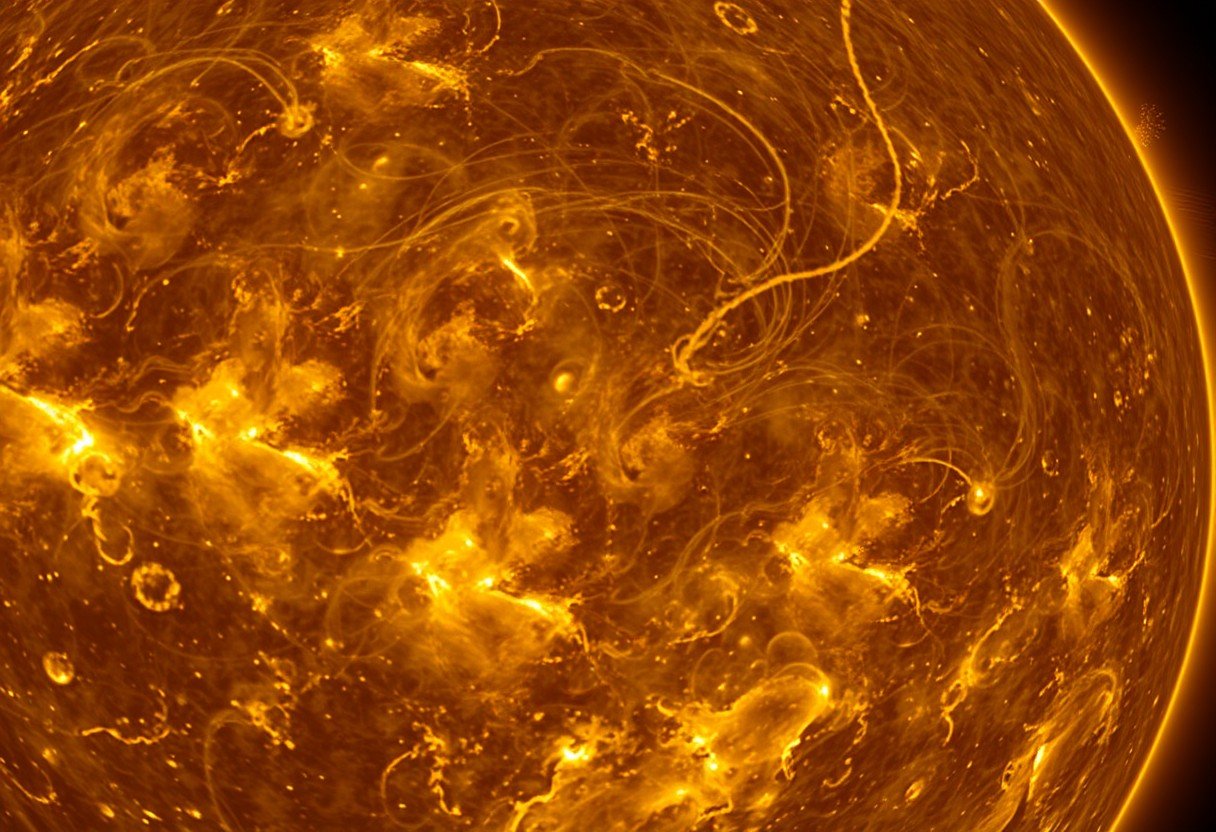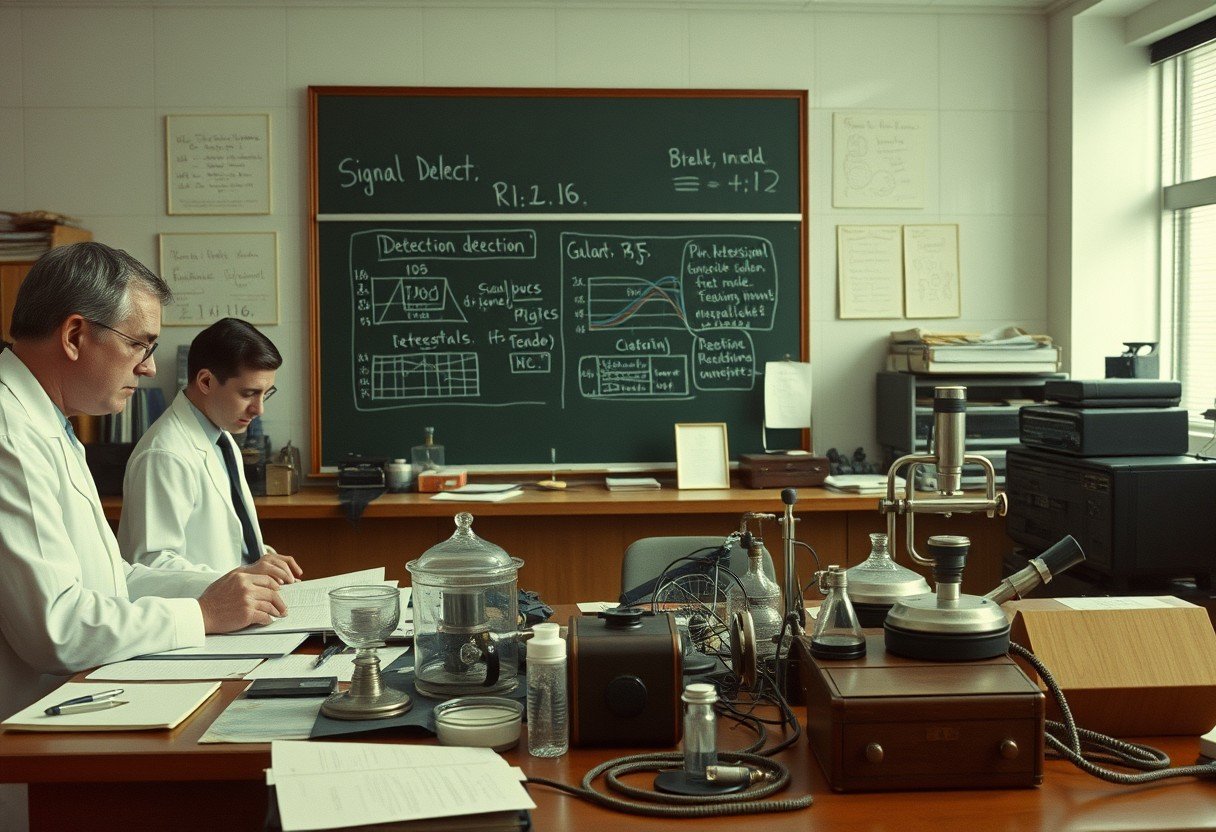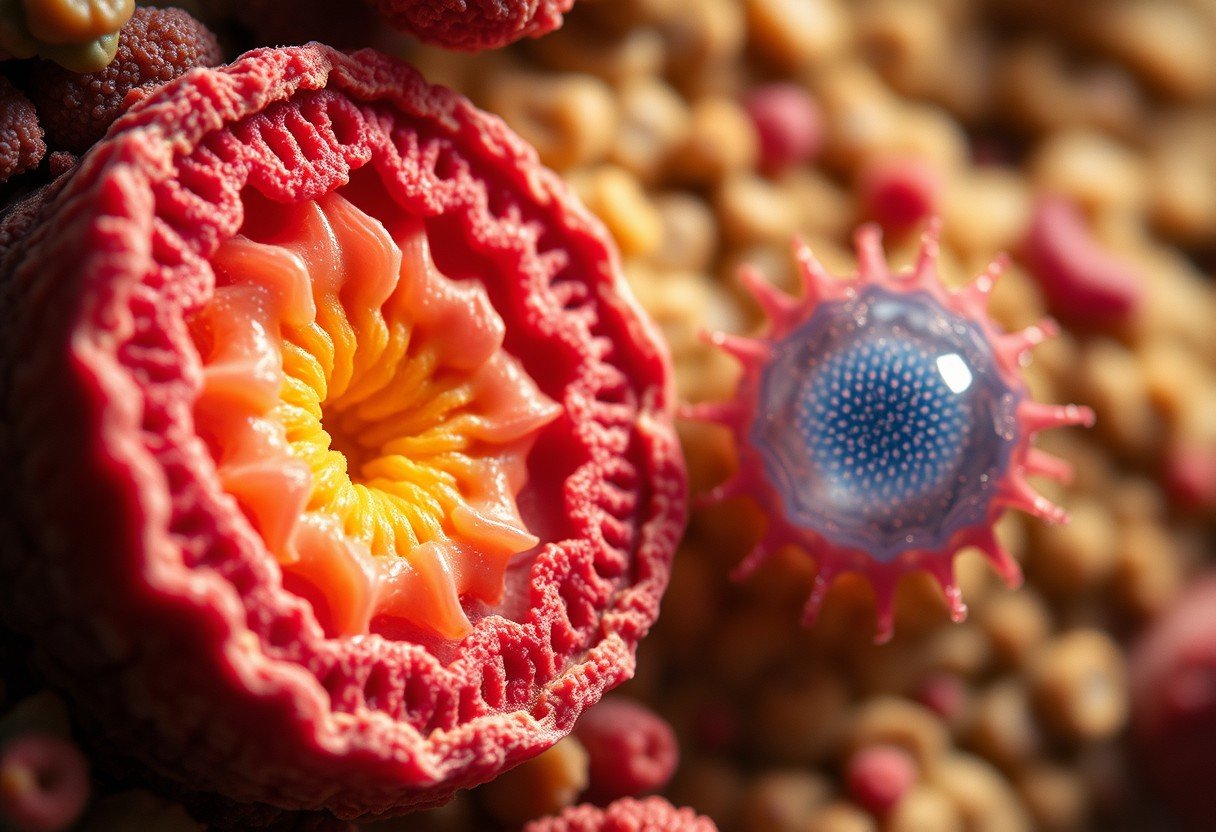Most chemistry enthusiasts wonder about the interactions between different elements and their tendencies to form molecular compounds. Understanding which pairs of elements are most likely to bond can provide you with insights into chemical behavior and the formation of various substances. In this post, you will discover the criteria that influence the likelihood of molecular compound formation and explore specific pairs of elements that exemplify these principles. Get ready to deepen your knowledge of chemical bonding and enhance your appreciation for the molecular world around you.
Key Takeaways:
- Electronegativity: Elements with significantly different electronegativities are more likely to form molecular compounds, as one element can effectively attract the electrons from the other.
- Nonmetals: Typically, pairs of nonmetals are more likely to form molecular compounds due to similar electronegativities and effective sharing of electrons.
- Group Trends: Elements from the same group in the periodic table can form bonds easily, especially if they are adjacent or in similar periods, leading to favorable molecular compound formation.
- Hybridization: The ability of certain elements to undergo hybridization can influence their capacity to form stable molecular compounds.
- Valence Electrons: The number of valence electrons an element has determines its bonding behavior; elements tend to bond in a way that allows them to fill their valence shell.
Understanding Molecular Compounds
Before venturing into specific pairings of elements, it’s necessary to understand what constitutes a molecular compound. Molecular compounds are formed when two or more non-metal atoms share electrons through covalent bonds, resulting in distinct molecular units. Recognizing these interactions can help you better predict how different elements will behave when combined.
Definition of Molecular Compounds
An example of a molecular compound is water (H₂O), which is formed from hydrogen and oxygen. These compounds typically involve nonmetals and are characterized by their specific molecular formulas, which denote the types and quantities of atoms present.
Characteristics of Molecular Compounds
Compounds formed from nonmetals possess unique characteristics that set them apart from ionic compounds. They usually have lower melting and boiling points, are poor conductors of electricity, and can exist in various states (solid, liquid, or gas) at room temperature.
This distinct behavior arises from the nature of covalent bonding, where the shared electrons create stronger attractions between the atoms compared to the overall interactions in ionic compounds. This results in a more varied set of physical properties, which can significantly impact your understanding of chemical interactions and reactions involving molecular compounds.

Elements and Their Properties
Even though each element possesses unique characteristics, these properties play a crucial role in determining how and why certain elements form molecular compounds. Understanding the fundamental properties of elements, such as atomic size, ionization energy, and electronegativity, will help you predict which pairings are most likely to result in stable chemical bonds. By mastering these concepts, you can enhance your comprehension of the vast array of molecular compounds that exist in nature.
Overview of Elemental Properties
Overview of elemental properties introduces you to the basic characteristics that define elements, including their atomic structure, reactivity, and physical traits like state and density. These properties are not just theoretical; they directly affect how elements interact with one another. By familiarizing yourself with these attributes, you can better understand the behaviors of elements and their potential to form molecular compounds.
Trends in Electronegativity
On the periodic table, you will notice specific trends in electronegativity values as you move across periods and down groups. Elements on the right side generally exhibit higher electronegativity, while those on the left tend to have lower values. Understanding these trends is imperative, as they will guide you in predicting how atoms will bond and interact.
With increasing atomic number, electronegativity typically rises across a period and decreases down a group. This pattern is significant because it indicates how strongly an atom can attract electrons in a bond. Higher electronegativity values suggest a greater tendency to form covalent bonds with other elements, particularly non-metals. By recognizing these trends, you can effectively evaluate potential interactions between elements, helping you determine which pairs are most likely to form molecular compounds.
Common Pairings for Molecular Compounds
Keep in mind that certain pairs of elements frequently form stable molecular compounds due to their complementary properties. These pairings typically involve non-metal elements that can share electrons, leading to the creation of covalent bonds. Recognizing these common pairings can help you predict the likelihood of molecular compound formation in your chemistry studies.
Examples of Common Element Pairs
With a variety of element pairings available, some of the most prevalent combinations include hydrogen and oxygen (forming water), carbon and hydrogen (resulting in hydrocarbons), and nitrogen and oxygen (creating various nitrogen oxides). These examples highlight the diverse ways in which elements can bond to form necessary compounds that play crucial roles in everyday life.
Patterns in Element Pairing
Pairing elements to form molecular compounds often follows distinct patterns based on their electronegativity and size. Generally, you will observe that non-metals tend to bond with other non-metals, as they often share electrons more readily. This tendency not only fosters stronger covalent bonds but also reflects a predictable behavior in bonding preferences.
Pairings that follow these patterns are largely influenced by the periodic table’s layout. Non-metals, which reside on the right side of the table, exhibit higher electronegativity, allowing them to attract shared electrons effectively. Additionally, smaller atoms can create stronger bonds due to their closer proximity to shared electrons. By understanding these tendencies, you can better anticipate which elements are likely to form molecular compounds and why.
Factors Influencing Molecular Formation
For successful molecular formation, various factors come into play that dictate the likelihood of certain elements combining. These factors include:
- Electronegativity differences
- Atomic size
- Bonding capacity
- Ionization energy
Thou must consider these elements when evaluating the potential for molecular compounds to form.
Atomic Size and Bonding
Influencing the formation of molecular compounds, atomic size plays a pivotal role in determining how closely atoms can approach each other. Smaller atoms tend to form stronger bonds due to their higher electronegativity and increased nucleus-to-electron attraction. This allows for more effective sharing or transfer of electrons, making them more likely to bond. Therefore, understanding atomic sizes can enhance your comprehension of molecular structures.
Ionization Energy Considerations
On the other hand, ionization energy is a crucial factor in the likelihood of molecular formation. The amount of energy required to remove an electron from an atom reflects its stability and tendency to form bonds. Elements with low ionization energy can easily lose electrons, thus forming cations that can bond with anions or other atoms readily.
For instance, consider the case of sodium and chlorine. Sodium has a low ionization energy, allowing it to lose an electron easily and become a positive ion. Meanwhile, chlorine has a high electronegativity and readily accepts an electron to form a negative ion. The interaction between these two elements, driven by their contrasting ionization energies, leads to the formation of the stable ionic compound NaCl. Understanding these dynamics will empower you to predict the types of molecular compounds likely to form between different elements.
Situational Analysis of Element Pairs
All elements interact based on their electronegativity and atomic structure, leading to varying potentials for molecular compound formation. By examining specific pairs of elements, you can better understand their likelihood of bonding. Consideration of various factors such as electron sharing, ionization energy, and atomic radius is necessary to determining how effectively these elements may link, thus forming stable molecular compounds.
Comparison of Different Pairings
Any comparison of element pairings requires a detailed analysis of their properties. Here’s a table summarizing some common pairs:
Comparison of Element Pairs
| Element Pair | Likelihood of Molecular Formation |
|---|---|
| Carbon and Oxygen | High |
| Sodium and Chlorine | Very High |
| Hydrogen and Nitrogen | Moderate |
Predictive Models for Molecular Formation
Analysis of predictive models for molecular formation enables you to anticipate which element pairs are more likely to create stable bonds. These models incorporate concepts from quantum chemistry, thermodynamics, and empirical data – offering reliable insights into potential molecular structures.
A comprehensive understanding of predictive models can assist you in determining which pairs of elements will effectively interact. By utilizing computational chemistry techniques, molecular simulations, and bonding theory, you can increase your confidence in predicting the molecular behavior of various element pairs. This knowledge is invaluable as it allows you to evaluate potential chemical reactions and compound formations accurately.
Practical Applications of Molecular Compounds
Once again, molecular compounds play a crucial role in various fields, impacting both technology and lifestyle. These compounds make up a vast array of materials and substances, from pharmaceuticals to agricultural fertilizers, showcasing their versatility and importance. Understanding how these molecular structures interact allows you to take advantage of their properties for innovations in daily use and industrial applications.
Importance in Chemistry and Industry
With their unique properties, molecular compounds are important in chemistry and industry. They facilitate chemical reactions, serve as solvents, and are integral in the synthesis of new materials. You’ll find that these compounds are key players in creating products that enhance efficiency and performance, making them invaluable resources in modern manufacturing and technological advancements.
Applications in Everyday Life
For countless products you rely on daily, molecular compounds are important components. From cleaning supplies to personal care products, these compounds enhance usability and effectiveness, making your life easier and healthier. You likely interact with molecular compounds more than you realize, highlighting their significance in your everyday activities.
A deeper look at everyday applications reveals the extensive role of molecular compounds in your environment. For instance, the medicines you take often rely on complex molecular structures to target illness effectively. Additionally, cleaning products combine various molecular compounds to break down grime and bacteria, ensuring your home stays safe and hygienic. Even the food you consume is often treated with molecular compounds designed to preserve freshness or improve flavor. Thus, understanding these compounds enriches your knowledge of both the products you use and the science behind them.
Summing up
On the whole, when considering which pair of elements is most apt to form a molecular compound with each other, you should focus on the nonmetals. Elements such as carbon and oxygen or nitrogen and hydrogen exhibit a strong tendency to bond covalently due to their similar electronegativities and ability to share electrons. Understanding these interactions is important for predicting chemical behaviors and developing new compounds in your studies. By recognizing the affinities between specific elements, you enhance your grasp of molecular chemistry.
FAQ
Q: Which pair of elements is most likely to form a molecular compound?
A: The pair of nonmetals that are most likely to form a molecular compound are hydrogen (H) and oxygen (O), which combine to create water (H₂O). Molecular compounds typically form between two nonmetals where electrons are shared to achieve stable electron configurations.
Q: Why do nonmetals typically form molecular compounds?
A: Nonmetals have high electronegativity and relatively high ionization energies, which make them more likely to share electrons rather than lose or gain them. This sharing of electrons leads to the formation of covalent bonds, resulting in molecular compounds rather than ionic compounds typically formed between metals and nonmetals.
Q: Can you provide examples of other molecular compounds formed by nonmetals?
A: Yes! Other examples of molecular compounds formed by nonmetals include carbon dioxide (CO₂), formed from carbon (C) and oxygen (O); methane (CH₄), formed from carbon (C) and hydrogen (H); and nitrogen trifluoride (NF₃), formed from nitrogen (N) and fluorine (F). Each of these compounds showcases the sharing of electrons between nonmetals.
Q: Are there exceptions to the trend of nonmetals forming molecular compounds?
A: While most nonmetals tend to form molecular compounds, there are exceptions where certain combinations do not yield stable molecular compounds under standard conditions. For example, noble gases like helium (He) and neon (Ne) generally do not form compounds due to their complete valence electron shells, making them chemically inert.
Q: How do we determine the likelihood of two elements forming a molecular compound?
A: The likelihood of two elements forming a molecular compound can be assessed by looking at their positions on the periodic table. Generally, nonmetals that are closer together can form covalent bonds more easily. Other factors include electronegativity differences, availability of valence electrons for bonding, and the ability to achieve stable electron configurations through sharing. A good rule of thumb is to consider combinations of elements from the same group or neighboring groups of nonmetals.








Leave a Comment